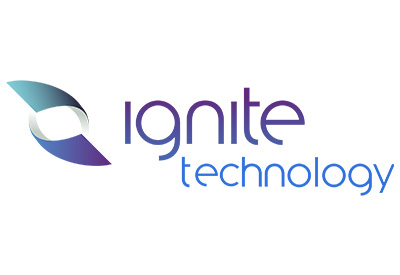FLO’s New EV Chargers: Discussing their Focus on Maintenance, Uptime, and the Impact of Reduced Demand Rates

July 3, 2024
FLO recently introduced two new EV chargers, a new FLO Home line and their DC fast charging offering, FLO Ultra.
At this year’s EV & Charging Expo we spoke to Travis Allan, Chief Legal and Public Affairs Officer with FLO to gain some insight into the key elements of their new product offerings and to get their perspective on the direction of the EV charging industry.
Maintenance & Uptime
A key aspect of FLO’s new chargers chargers applies to maintenance and electrical contractors. FLO manages all of its own maintenance on its EV chargers. In doing so they contract electrical contractors to carry out the maintenance. With that in mind, Allan explained, “the doors of the [FLO Ultra] body are specifically designed to make it easier for electricians to do maintenance. Our network is obsessed with reliability and so we want to make it as fast as possible for electricians to be able to come and make any changes that they need to make.”
FLO utilizes its network of electricians who are installing and maintaining their chargers to help inform their product development process.
“We’re constantly talking to new electrical contractors in different regions across North America where we deploy all of our stations, which are designed to be installed by a licensed electrician in any jurisdiction. We actually consult with electricians to try to make it easier. For example, the new FLO home comes with aluminum wiring because our electrician contractors told us this will make their lives easier and faster, so we integrated that into the product.”
Downtime and network availability for public chargers is one of the top pain points for EV users, which is why they focus so much on maintenance and network uptime.
“We have a target for our network of 98% uptime and what that means is we are assessing all stations on the flow network, public stations at all times to make sure that they are available for use,” he noted.
Trends
Looking at the industry more broadly, Allan was encouraged by the investments from government, last year FLO recently received a $220-million investment from the Canada Infrastructure Bank to install around 2,000 fast charging ports across the country. Beyond that, federal and provincial governments have put increased focus on expanding the EV charging network in Canada.
At the EV & Charging Expo the Ontario government announced that it planned to explore reduced demand charges for EV chargers. This was an encouraging sign for Allan, who noted that, particularly for rural and remote areas, EV chargers are expensive to run because they are not being used enough.
Remote areas need infrastructure to increase EV adoption and provide confidence so that people are willing to make the jump to an EV.
“That’s a really big step for us,” Allan said of Ontario’s announcement. “When we’re evaluating which province we want to deploy [EV charging stations], we look at a couple of things. We look at how much utilization, how many drivers, we look at how much it’s going to cost to build the electrical infrastructure to install a station.”
Demand charges make EV chargers in rural areas unattractive because there is low utilization. At the same time, people in those areas can be reluctant to make the switch to EVs because they don’t see the infrastructure. That’s where governments need to provide policy and investment to make rural chargers viable economically.

Features
The first thing noted about the FLO Ultra is the increased charging speed for the fast charger. FLO Ultra will charge most EVs to 80% battery in 15 minutes, depending on the size of the battery. The average time to fill up a gas vehicle is around 8 minutes, for reference.
A key feature of the Ultra is dynamic load sharing, “if you are one person using the station on you can get the whole 320 kilowatts if your vehicle is capable,” Allan explained, “if you have two people charging then it will dynamically share between the vehicles to maximize how much everyone’s getting at any one time.”
When it comes to Flo Home, as Allan mentioned an important feature is Wi-Fi connectivity, which allows the chargers to participate in utility demand response programs, as well as programming for time of use rates.
FLO Home has three models, X3, X6 and X8. The X3 and X6 models both feature a 50A/12kW output. The differentiating factor is a detachable cable holster for the X6. The X8 model has a 80A/19.2 kW output, which is the highest allowed for a Level 2 charger. Allan noted the X8 is designed for EVs with the largest batteries and drivers who are using their EV at the high end. Most EV users are not driving far enough that they require a fast charge at home and can typically charge overnight when rates are lowest.











